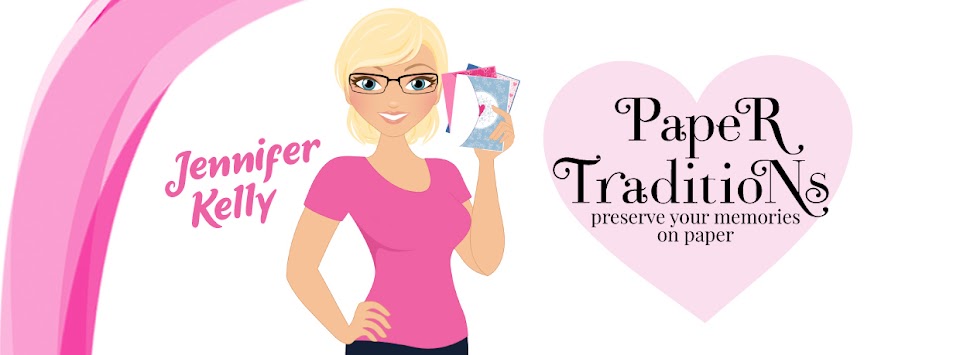Are you confused about inks? Water, solvent, distress, pigment, dye - what does it all mean? I've had a few questions so I went back to school with Close to My Heart. The following is only the basics and by no means provides a complete listing of all the ink products available.
There are two basic components to ink - the "colourant" and the "carrier". The colourant makes the paper change colours and the carrier is the liquid that carries the colourant from your tool to the page and then evaporates leaving the colour behind. Colourants can be dyes or pigments and carriers can be water or solvent.
So - lets start with the colourant:
Dye based ink soaks into the surface it is applied to and bonds wiuth the medium to change colour. They dry faster, because they soak in to the paper. They are of a thinner consistency which makes them great for detail and provide a crisp image when stamping an image on matte paper. Ink pads for dye based inks are made of felt.
Pigment based ink are slower drying because they sit on top of the surface. They provide the colour and do not change the paper colour making them great for stamping light images on dark paper - they stand out. Pigment inks are thick - they provide a vibrant colour, and hold embossing powder well. Pigment inks can be dried faster with a craft heater. If your project is going to be exposed to direct sunlight for long period of time use pigment inks. Pigment ink pads are a sponge or foam based pad. Pigment inks because they are thicker do not provide as crisp an image when stamping.
Distressing Ink is a hybrid with both pigment and dye based inks. They are not permanent until heat set. Distress ink provides a chalky opaque look and are achival/fade resistant once heating. They are great for antiquing and distressing all types of projects.
Okay, so now that you've got the basics of the "colourant", lets talk about the "carrier":
Water Based Inks have no odour. The water will evaporate slowly which makes them a great choice when stamping on matte paper. Water based inks can be blended with water. They do not completely dry on non-porus surfaces.
Solvent Based Inks have a rubbing alcohol type scent. They are great to use on non-porus surfaces, such as acrylic, or metal. The solvent evaporates faster than water. Solvent based inks are great to stamp an image outline and then use water based inks to colour inside the image. Solvent based inks are permanent.
Staz-On is a dye ink with a solvent carrier - it will dry quickly on non-porus surfaces. It is archival and fade resistant. It is prone to dry out quickly and is not good to stamp on fabric.
VersaMark is a clear pigment based ink that leaves a watermark image. It drys slowly so is perfect for heat embossing or chalk popping.
Close to My Heart inks (except White Daisy & Colonial White) are dye based water inks on a felt pad. This provides for even coverage when stamping with crisp images. They are great for everyday use on matte paper and as they are water based they can be blended with a waterbrush and provide easy clean-up. White Daisy and Colonial White inks are pigment water based. This allows coverage over darker coloured cardstock. Because they are pigment based the ink pad is foam so images are not as crisp. Pigment inks settle so any re-inker should be shook well before use.
Alcohol markers are the newest addition to the CTMH family. Alcohol markers are great for colouring because you can blend and build the colour up. They will have a rubbing alcohol type odour.
I hope this helps everyone understand the chemistry of inks and gives you some insight into choosing the right ink for your projects.
Subscribe to:
Post Comments (Atom)
Let Hop the New Release
WOWZERS! Have you enjoyed all the incredible Krafty Peeks this week? SO many fabulous creations from the Krafty Team featuring ALL of ...

-
It's a double challenge at Heart 2 Heart Challenges and Color My Heart Colour Dare this week - to use black white and red in your projec...
-
The challenge this week at Color My Heart Color Dare is to use the colours cotton candy, sweet leaf, topiary, glacier and white daisy. ...
-
Good morning krafty friends! It's September, and that means it's time for a brand new SKRAPPY CHALLENGE with Kraftin'...




No comments:
Post a Comment